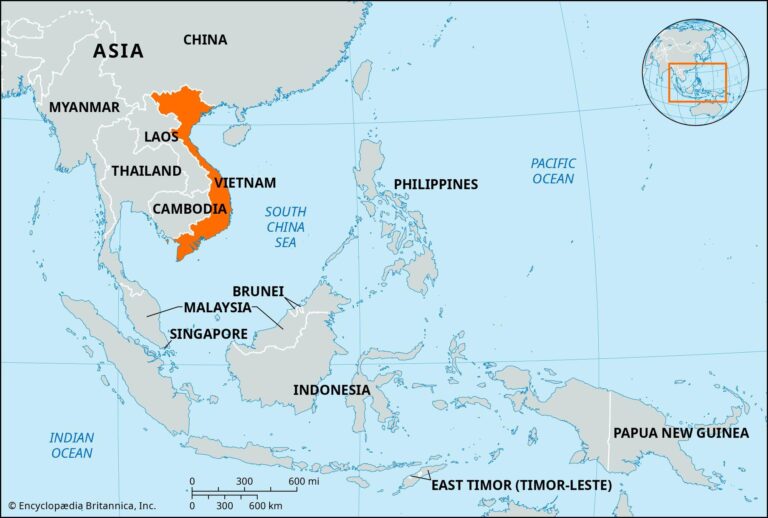Vietnam’s Transformed Economy: The Rice Revolution
In the late 20th century, Vietnam underwent a remarkable economic transformation that pivoted around its rice production. The country shifted from a centrally planned economy to a market-oriented one, greatly enhancing its agricultural practices and output. This revolution not only improved food security but also bolstered Vietnam’s economy globally.
The Historical Context
Before the reforms of the 1980s, Vietnam’s agriculture was hampered by inefficiencies and government control. The devastating impacts of the Vietnam War had left the country in dire straits, with widespread poverty and food shortages. This set the stage for significant agricultural changes that were soon to unfold.
The Doi Moi Reforms
The introduction of the Doi Moi Reforms in 1986 marked a turning point for Vietnam’s agricultural sector. These reforms encouraged privatization, allowing farmers to have more control over their production and sales. This empowerment led to increased innovation and productivity in rice farming.
Impact on Rice Production
As the reforms took effect, rice production skyrocketed, transforming Vietnam into one of the world’s leading rice exporters. The combination of modern techniques, improved seed varieties, and increased investment yielded dramatic results. Today, Vietnam is known as the “Rice Basket” of Southeast Asia, contributing significantly to national income.
Socioeconomic Benefits
The rise in rice production has resulted in substantial socioeconomic benefits for the Vietnamese population. Rural incomes have risen, and poverty rates have dropped significantly. This transformative growth has led to broader access to education and healthcare, fundamentally changing the lives of millions.
Global Implications
Vietnam’s rice revolution has also had important implications for global food security. The country has played a crucial role in stabilizing rice prices on the international market, especially during periods of crisis. As referenced in various studies, this achievement is highlighted in the article found here.
Conclusion
The “Rice Revolution” stands as a testament to Vietnam’s remarkable economic transformation. Through strategic reforms and resilience, the nation has demonstrated how agricultural innovation can drive economic prosperity. As Vietnam continues on this path, it remains a key player in the global agricultural landscape.

